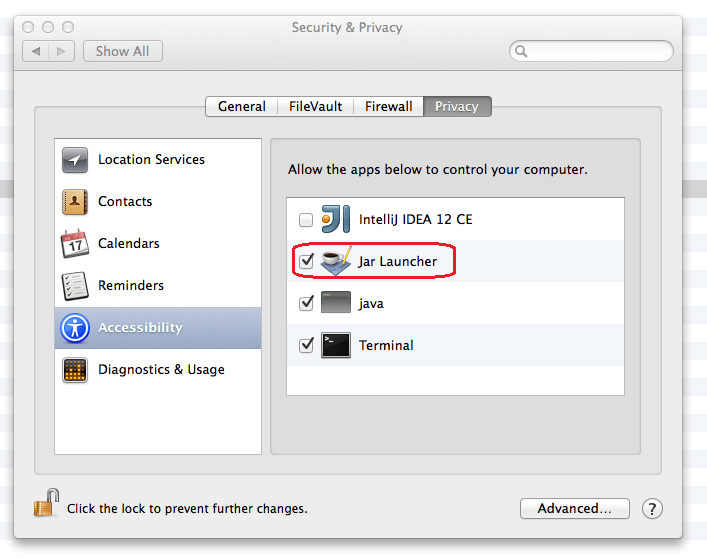
This used to be my Essential Collection, but it now sits at the top of my Project Launcher, with a Seq value of 1. This collection has a Date field and a Recurs field and a Status field, and I use it to keep track of things I need to do on a regular basis, or on some specific date. You can also store the URL to another Notenik collection within a note’s Link field.įor example, I have a collection titled To Do that is also stored in the Notenik folder within my iCloud Drive. If you’d like one or more web locations to automatically launch when your Project Launcher collection is opened, just give them Tags values of Launch at Startup. (One easy way to do this is to drag a URL from your web browser’s Location/Search field into the List tab for your collection.) Starting with the most obvious, you can stash a web URL in a Link field, in order to later open that site/page. Now start adding notes to your project launcher collection, with each note containing a Link to something you might want to work on.Īs a reminder, once you’ve set a Link for a note, you only have to double-click on the row for that note in the List tab, in order to have Notenik launch that link for you.Īs you add notes, you can use the Seq field to keep things in whatever order is most meaningful for you, and use the Level field as needed to indent sub-items beneath a meaningful heading.Īs you add items to your project launcher, consider all of the different kinds of things that Notenik can launch for you. I then position it in the upper left corner of my screen. Use File > Make This Collection Essential so that it automatically opens for you whenever you launch Notenik.

Name it however you like, but I called mine Project Launcher, just to show that I had no fear of the obvious. However you initialize it, though, make sure the Link, Seq and Level fields are selected in your Collection Preferences, and then use Collection > Sort to sequence your list by Seq + Title. You can initialize it as a Sequenced List. You can store it wherever you like, but I placed mine in the Notenik folder within iCloud Drive, just to make it easy to access. Set Up Your Project LauncherĬreate a New Collection. From that point on, Notenik will have access to anything in my user folder, and I won’t have to worry about any of my launch requests being thwarted due to lack of fresh permissions.Īs an alternative to setting this as a Notenik preference, you can just use the Grant Folder Access menu item at any point later to accomplish the same thing. I then select my top-level user folder – hbowie, in my case – and click Grant Access. Then whenever I launch Notenik (something I usually do once at the start of each day), Notenik will prompt me to select a folder to which it should have access. In the Notenik Application Preferences, I set the General Pref of Grant Access to the value At Startup. But if you want to use Notenik to its fullest as a project launcher, you might want to give it broad access to your files and folders.

#Tab launcher for mac full#
Notenik does not require Full Disk Access, and it is not set to request it. I’ll try to break this down into a rough sequence of separate steps, to make it easier to understand, but you don’t necessarily need to do all of this in any strict progression.
#Tab launcher for mac mac#
I’ve started using my own Mac app Notenik as a project launcher lately, and I wanted to share how I’ve set this up, in case someone else might benefit from it.


 0 kommentar(er)
0 kommentar(er)
